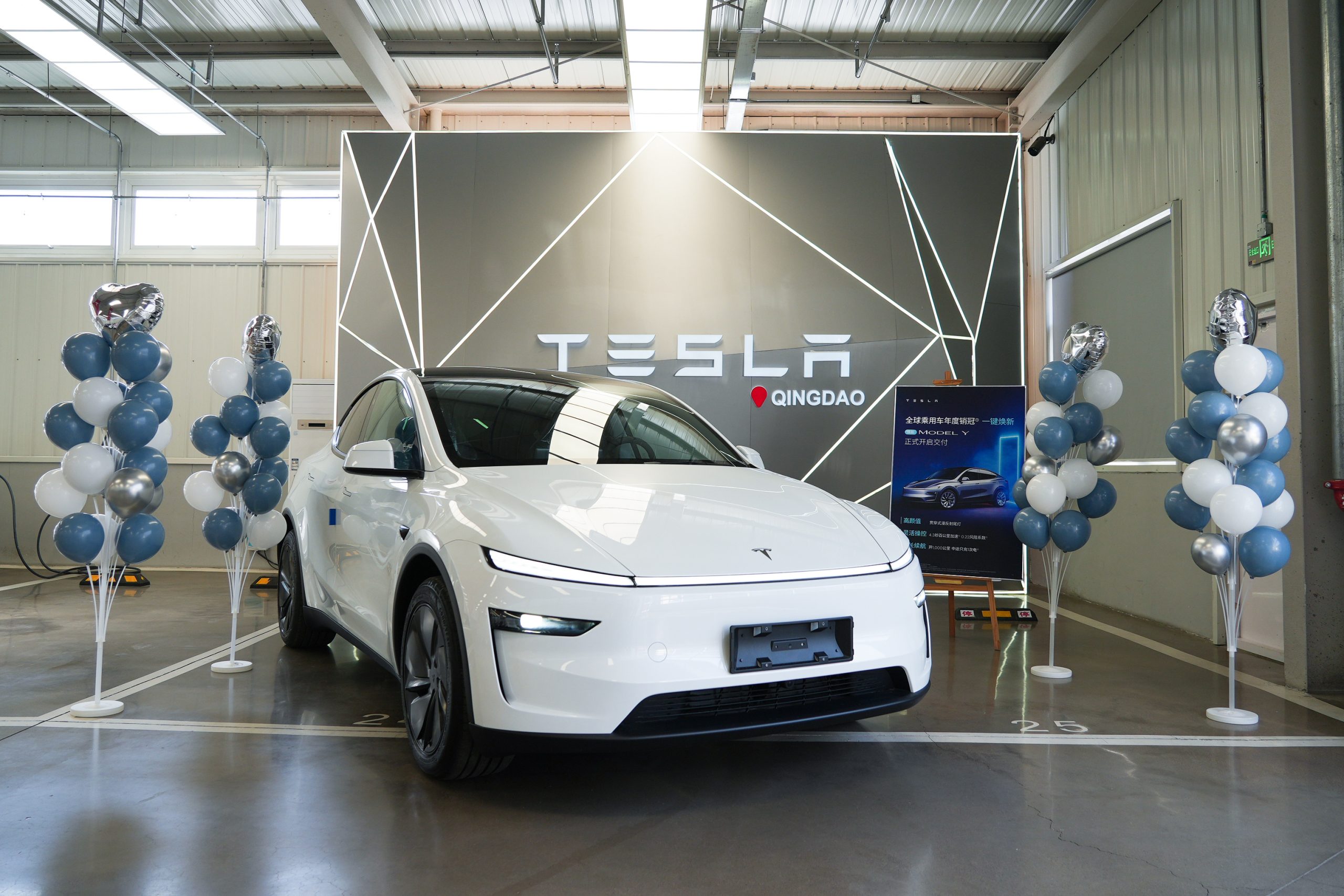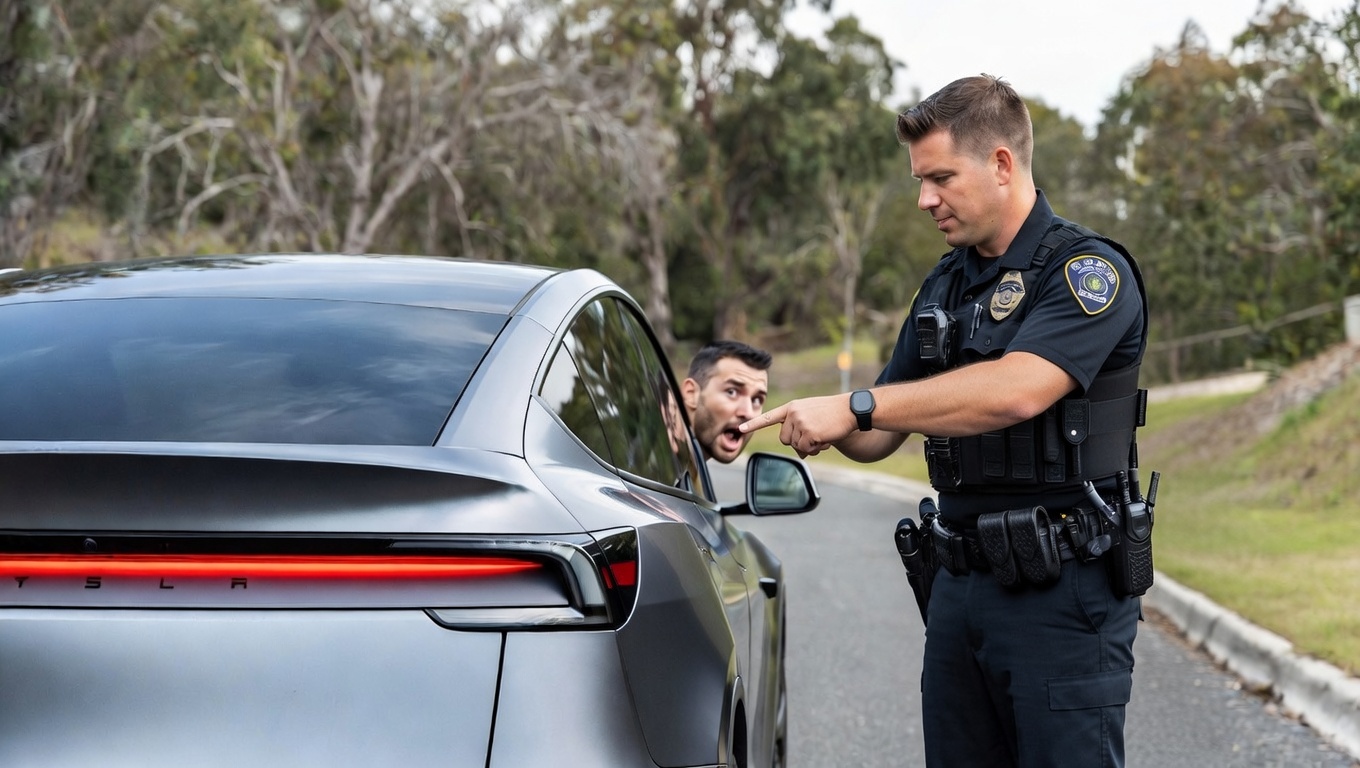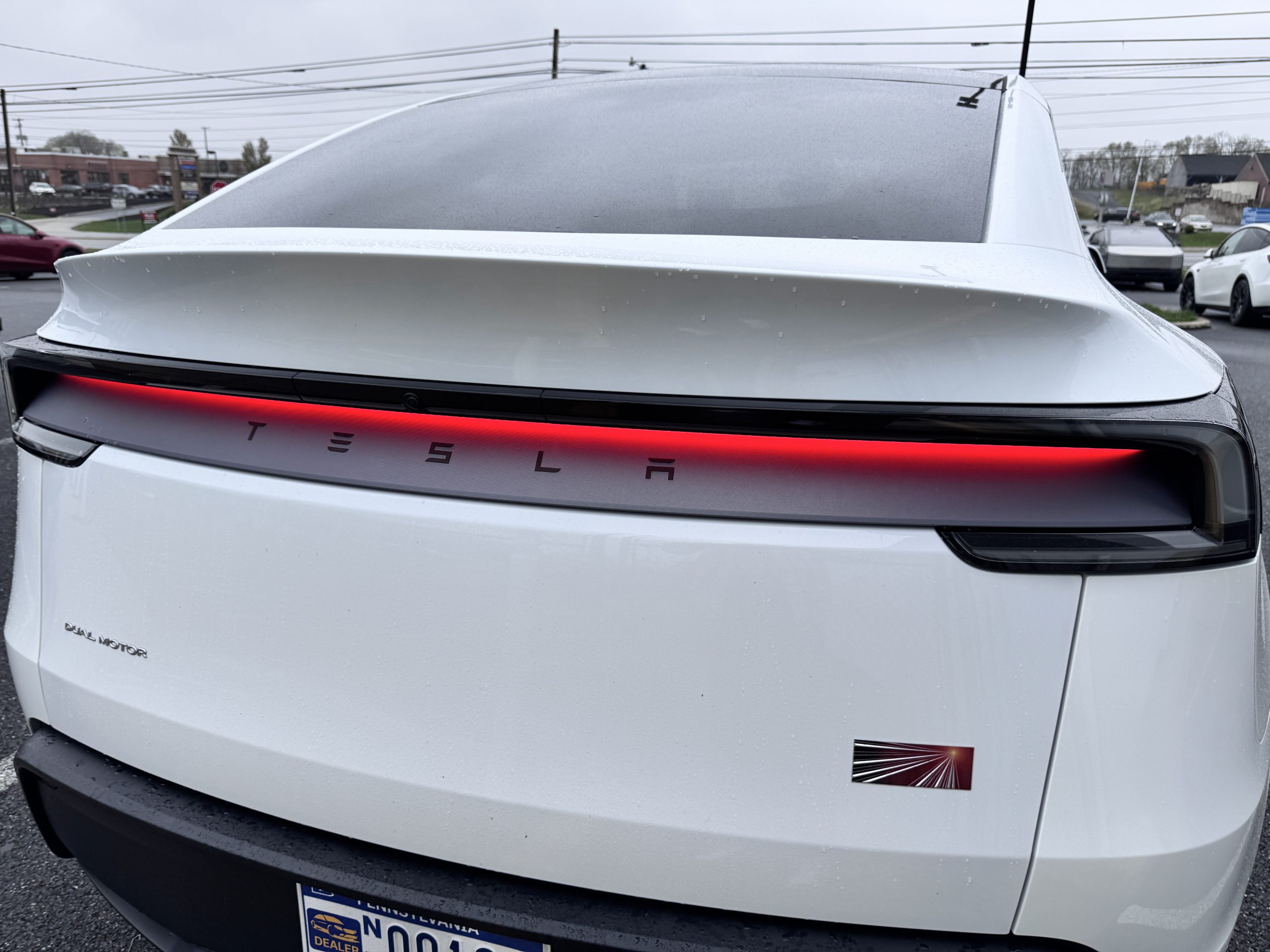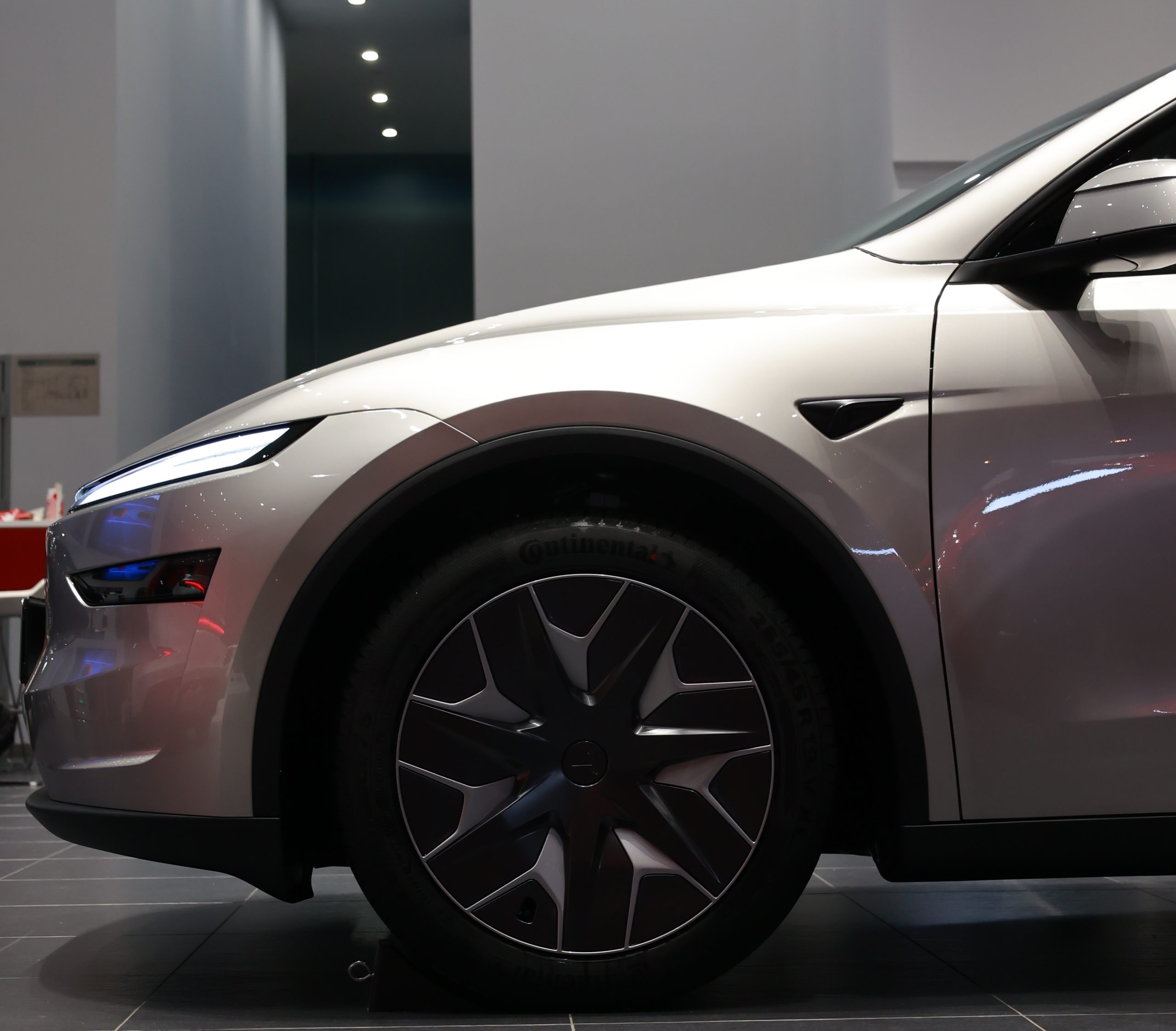Tesla
Tesla FSD improvements in China continues with Baidu’s help
Tesla is working with Baidu to improve FSD in China, as strict data laws prevent Tesla from training its AI locally.

Baidu is helping Tesla Full Self-Driving (FSD) improve in China.
Engineers from Baidu, a leading AI company in China, are helping Tesla with its FSD Version 13 software.
According to Reuters’ sources, Baidu recently dispatched engineers from its mapping team to Tesla’s Beijing office. The engineers are working on integrating Baidu’s navigation map information with Tesla’s FSD V13 software.
Tesla’s way of improving FSD V13 in China differs from the methods used in the United States. In the U.S., Tesla trains FSD to improve navigation techniques and learn about roads. In contrast, Tesla cannot train FSD in China due to the country’s data laws.
“Then China, which is a gigantic market, we do have some challenges because they currently don’t allow us to transfer training videos outside of China. And then the US government won’t let us do training in China. So, we’re in a bit of a there. It’s like a quandary,” noted Elon Musk during the last earnings call.
“So, we were solving then is by literally looking at videos of streets in China that are available on the Internet to understand and then feeding that into our training so that publicly available video of street signs and traffic rules in China can be used for training and then also putting it in a very accurate simulator. And so, it will train using SIM for bus lanes in China,” he added.
Tesla has rolled out FSD (Supervised) in Mexico and started the process to release it in parts of Europe. Despite a few regulatory issues, Musk is optimistic that FSD (Unsupervised) will be available in more countries this year.
“But I think we’ll have unsupervised FSD in almost every market this year, limited simply by regulatory issues, not technical capability. And then unsupervised FSD in the U.S. this year, in many cities but nationwide next year. And hopefully, we have unsupervised FSD in most countries by the end of next year,” he noted during the Q4 and Full Year 2024 earnings call.

News
Tesla China rolls out Model Y upgrades, launches low-interest financing
These strategies are aimed at improving the ownership experience and keeping vehicle pricing competitive in the world’s largest electric vehicle market.

Tesla has rolled out minor updates to the five-seat Model Y in China, upgrading the vehicle’s center display to a higher-resolution 16-inch 2K screen. The electric vehicle maker also introduced attractive financing options, including 7-year low-interest rates, to offset the new purchase tax on EVs.
These strategies are aimed at improving the ownership experience and keeping vehicle pricing competitive in the world’s largest electric vehicle market.
Five-seat Model Y gets larger, better display
With its recent update, all three variants of the five-seat Model Y now feature an upgraded 16-inch 2K resolution center display, which replaces the vehicle’s previous 15.4-inch 1080p panel. This screen was already used in the six-seat Model Y L, and it offered improved visual clarity. Tesla China has also updated the Model Y’s headliner to black, giving the vehicle a sleeker appearance.
Prices of the five-seat Model Y remain unchanged at RMB 263,500, RMB 288,500, and RMB 313,500 for the respective trims. This update enhances the cabin experience as domestic rivals are already adopting high-resolution screens. As noted in a CNEV Post report, some domestic automakers have begun rolling out vehicles equipped with 3K-resolution displays.
New financing offers
Tesla also launched ultra-long-term financing offers for its locally produced models in China, which include the Model 3 sedan, the five-seat Model Y, and the six-seat Model Y L, through January 31, 2026. The 7-year option features an annualized fee rate as low as 0.5%, which is equivalent to 0.98% interest. This is expected to save customers up to RMB 33,479 ($4,790) compared to standard rates.
A 5-year zero-interest plan is also available, and it has been extended to the Tesla Model Y L for the first time. These incentives help offset China’s new 5% purchase tax on New Energy Vehicles (NEVs) in 2026-2027. Some of Tesla’s rivals in China have announced in recent months that they would be covering the purchase tax owed by buyers early this year.
News
Tesla Model Y’s new feature lands driver in hot water from police officer
“He gave me a warning and told me to get it fixed.”

Tesla Model Y received a slew of both interior and exterior upgrades when the company refreshed its best-selling vehicle last year.
However, one of the more notable changes from an exterior perspective landed a driver in hot water with a local police officer, who was confused about the situation with the taillight bar and its ability to alert other drivers of a reduction in speed.

The new Tesla Model Y taillight with taillight glow
A Tesla Model Y owner in Indiana recently noted in a Facebook post that he was pulled over because a police officer thought the vehicle’s taillights were not turned on. However, the Model Y’s new rear light bar, which spans across the entire width of the vehicle, is more than visible in both light and dark conditions.
The incident, which was first spotted by Tesla Oracle, brings to light the interesting changes and perception of vehicle design that Tesla has brought forth with the new Model Y. We know some things might be head-scratching to some drivers, notably the Matrix Headlight technology present on the car, but this one truly baffled us.
The post stated:
“Just got pulled over for my tail lights not being “on” i told the officer it’s brand new. It has 1100 miles. I told him the red light bar is the taillight. The brake lights, both turn signals, and the red bar was on/worked. He told me that where the brake lights are, it should be illuminated there also. He gave me a warning and told me to get it fixed. Had anyone else had this kind of issue?”
Having the police officer tell a driver to “get it fixed” when it is a completely legal and functional design is pretty crazy.
However, the rear taillight bar, which glows and really gives the new Model Y a distinct difference between its previous iteration, is more than recognizable as a brake light and an indication of a reduction in speed.
Regulatory language for vehicle designs indicates that the light has to reach a certain number of lumens, or brightness. Lars Moravy indicated this on an episode of Jay Leno’s Garage when he and Tesla Chief Designer Franz von Holzhausen explained some of the details of the new Model Y.
This issue sparks some interesting dialogue people can have about vehicle design, and as more and more companies are adopting these futuristic looks, it seems law enforcement will have to get with the times and familiarize themselves with the regulations regarding exterior lights.
News
CES 2026 validates Tesla’s FSD strategy, but there’s a big lag for rivals: analyst
Ferragu shared his insights in a series of posts on social media platform X.

Longtime Tesla (NASDAQ:TSLA) bull and New Street Research analyst Philippe Ferragu has described CES 2026 as “The Great Validation Chamber” for Tesla’s autonomous driving efforts.
Ferragu shared his insights in a series of posts on social media platform X.
In a thread on X, Ferragu highlighted two key events that validated Tesla’s autonomy strategy at CES 2026: Mobileye’s focus on cost-efficient L2+ hardware and NVIDIA’s “Alpamayo,” which uses artificial intelligence to accelerate the development of autonomous driving systems.
As per the analyst, however, the validation of Tesla’s strategy on autonomous driving does not mean that the industry is catching up to the electric vehicle maker. Ferragu noted that ultimately, the industry still likely has a 12-year lag against Tesla.
“CES 2026 = The Great Validation Chamber for Tesla. The signal from Vegas is loud and clear: The industry isn’t catching up to Tesla; it is actively validating Tesla’s strategy… just with a 12-year lag. Two critical takeaways solidify our thesis:
“1) Mobileye validates the strategy but flies lower and behind. Great win for Mobileye; white flag for western OEMs, abandoning the L4 dream to standardize cost-efficient L2+ hardware. Standardizing the equivalent of HW2 (2016) for 2028 – 12 years behind.
“2) Nvidia validates the Tesla stack with ‘Alpamayo,’ pivoting Physical AI towards Reasoning – Total vindication of FSD V13/V14’s architecture. Go to market will be the issue: Nvidia provides the kitchen (chips/models), but legacy OEMs still have to cook. Good luck with that,” Ferragu wrote in his thread on X.
Elon Musk, for his part, has responded to some of CES 2026’s developments on X. In response to comments on X about Alpamayo seemingly becoming a potential competitor to FSD, Musk stated that he is hoping Nvidia succeeds in its autonomous driving efforts.
That being said, Musk predicted that what “they will find is that it’s easy to get to 99% and then super hard to solve the long tail of the distribution.” He also noted that rivals systems such as Alpamayo will likely only put competitive pressure on Tesla in 5 or 6 years, or possibly even longer, considering the pace of the automotive industry as a whole.








